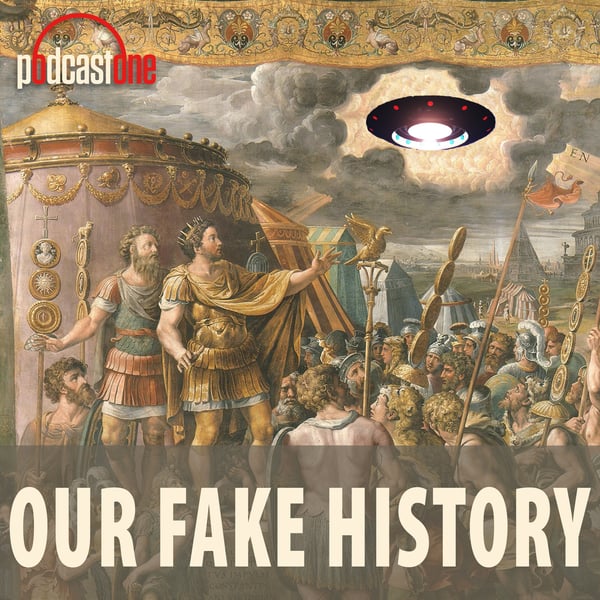Episode #213- Have We Misremembered the Gunpowder Plot? (Part I)
Our Fake History
PodcastOne
4.7 • 3.5K Ratings
🗓️ 22 October 2024
⏱️ 77 minutes
🧾️ Download transcript
Summary
Transcript
Click on a timestamp to play from that location
| 0:00.0 | Have you ever heard of the million mask March? If you haven't, you might be forgiven because in recent years it's become a relatively small event. |
| 0:19.0 | But around a decade ago, the Million Mask March was a bona fide global phenomenon. |
| 0:27.6 | On November 5, 2013, the first ever Million Mask March drew huge crowds of protesters in dozens of cities around the world. |
| 0:39.0 | The UK's Guardian newspaper reported that sizable gatherings occurred in cities as diverse as |
| 0:45.2 | Vancouver, Tel Aviv, Dublin, Paris, Chicago, and Sydney. |
| 0:52.8 | But by far the largest demonstrations were in London, England and Washington, D.C. |
| 1:00.2 | The event was meant to bring together a number of protest movements that had blossomed in the early 2010s. |
| 1:07.0 | As you might remember, in 2011, the Occupy Wall Street movement took over the parks in Lower Manhattan's Financial District to protest the role big finance had played in the 2008 crash and ensuing recession, among other grievances about the corrupting power of money in democratic politics. |
| 1:29.4 | Even though that first occupation of Wall Street officially ended by the winter of 2011, it inspired |
| 1:36.9 | the globally minded Occupy Movement. |
| 1:40.5 | In 2013, Occupy was still a potent force for boots on the ground activism. |
| 1:47.6 | At the same time, the so-called hacktivist group Anonymous, which had come together on various internet image and message boards around 2003, |
| 1:58.0 | was also having a bit of a moment in terms of mainstream media attention. The group was behind several online |
| 2:07.0 | pranks, cyber attacks, and street protests focused on upending attempts at internet censorship by governments, large corporations, and other moneyed interests. |
| 2:19.0 | In 2008, the profile of this nebulous group of internet activists was raised after they started |
| 2:26.0 | a campaign meant to disrupt the operations of the Church of Scientology. |
| 2:31.5 | The anonymous |
| 2:33.0 | the group's attempts to scrub the internet of embarrassing videos |
| 2:37.0 | and Scientology's attempts to silence its critics |
| 2:41.0 | through lawsuits and intimidation. This proved to be just one of a series |
| 2:47.4 | of well-publicized campaigns disruptive enough to earn anonymous a spot on Time magazine's 100 most influential people |
| 2:57.4 | list in 2012. |
... |
Please login to see the full transcript.
Disclaimer: The podcast and artwork embedded on this page are from PodcastOne, and are the property of its owner and not affiliated with or endorsed by Tapesearch.
Generated transcripts are the property of PodcastOne and are distributed freely under the Fair Use doctrine. Transcripts generated by Tapesearch are not guaranteed to be accurate.
Copyright © Tapesearch 2025.

